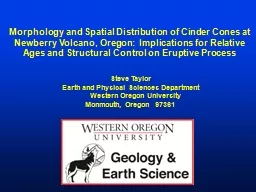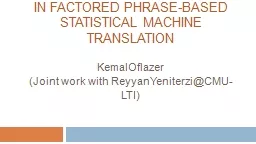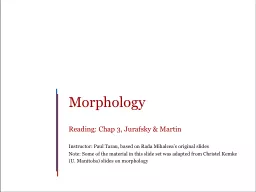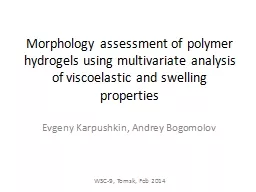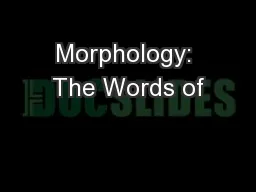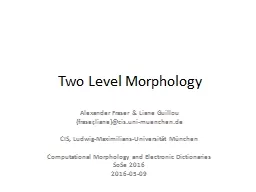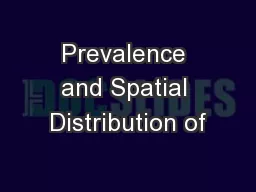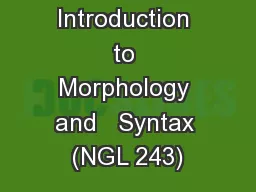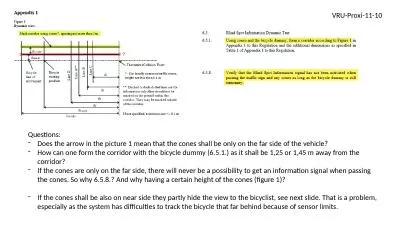PPT-Morphology and Spatial Distribution of Cinder Cones at Newb
Author : mitsue-stanley | Published Date : 2016-05-24
Steve Taylor Earth and Physical Sciences Department Western Oregon University Monmouth Oregon 97361 Introduction Geologic Setting Morphometric Analysis Cone
Presentation Embed Code
Download Presentation
Download Presentation The PPT/PDF document "Morphology and Spatial Distribution of C..." is the property of its rightful owner. Permission is granted to download and print the materials on this website for personal, non-commercial use only, and to display it on your personal computer provided you do not modify the materials and that you retain all copyright notices contained in the materials. By downloading content from our website, you accept the terms of this agreement.
Morphology and Spatial Distribution of Cinder Cones at Newb: Transcript
Download Rules Of Document
"Morphology and Spatial Distribution of Cinder Cones at Newb"The content belongs to its owner. You may download and print it for personal use, without modification, and keep all copyright notices. By downloading, you agree to these terms.
Related Documents

